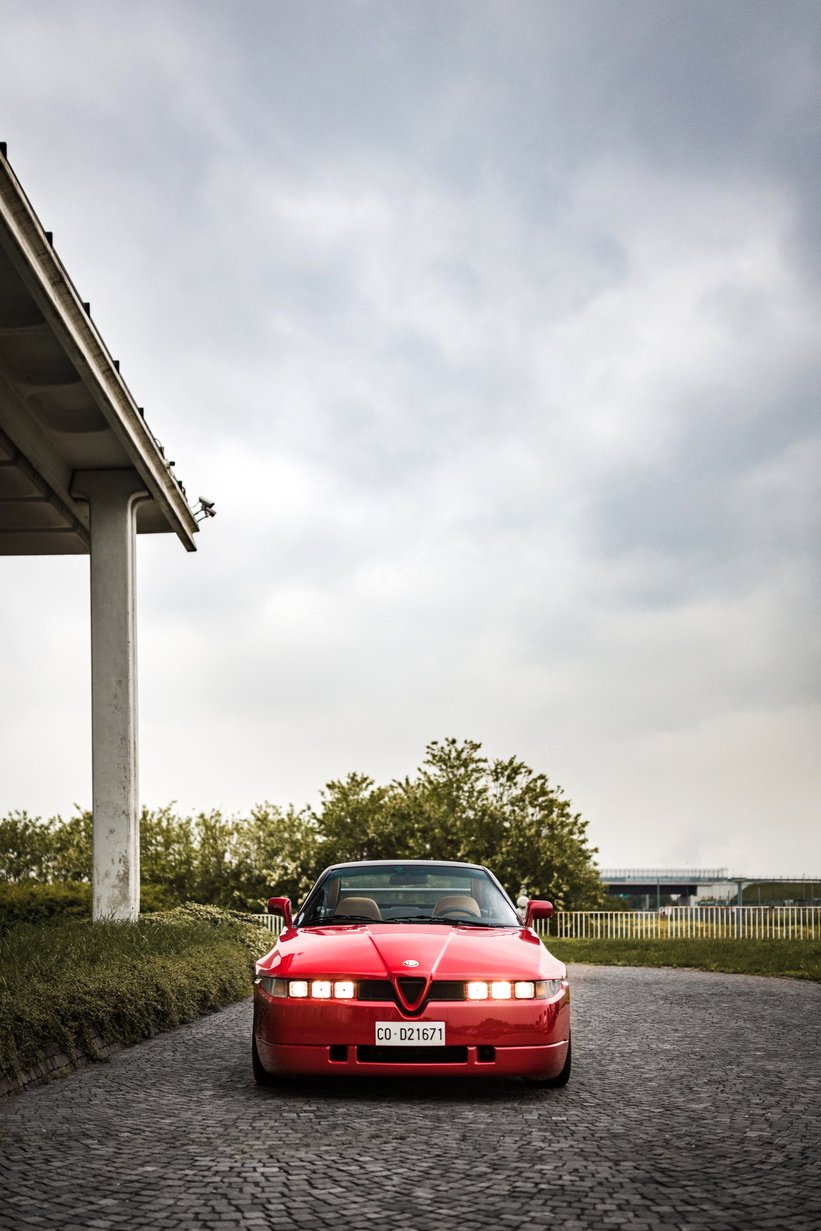

If there’s one car that has transported the postmodern design ethos of Ettore Sottsass and the Memphis Group from the galleries and avant-garde living rooms to the streets of Milan, it has to be the Alfa Romeo SZ. Produced as a limited-edition sports car by the equally iconic Milanese car brands of Alfa Romeo and Zagato between 1989 and 1991, the six-cylinder coupé was the ultimate automotive synthesis of the ephemeral, asymmetrical and exotic form of language that had shaped the aesthetics of Italy’s design, furniture and fashion industries in the 1980s. And whilst the shape of the car was quite controversial when it first came out — some people considered it extra-terrestrial and even dubbed it ‘Il mostro’, the monster — the Alfa Romeo SZ was a highly versatile grand tourer and track car, and now, it has become a true collector car that is starring at concours events worldwide in celebration of this year’s 100th anniversary of Zagato.

When we started thinking about the stories we could spin around the carrozzeria’s centenary earlier this year, we remembered a conversation with our friend, Milanese fashion entrepreneur Guglielmo Miani, in which he told us that it was not right if a car guy from Milan did not own an Alfa Romeo, and that he intended to buy his carpenter’s as-new Alfa Romeo SZ. WhatsApp messages and voicemails were exchanged, and sooner than expected, we found ourselves in the passenger seat of Guglielmo’s newly acquired ‘Sport Zagato’, zig-zagging through the afternoon traffic on the autostrada north of Milan towards a rather unique location for our photoshoot.
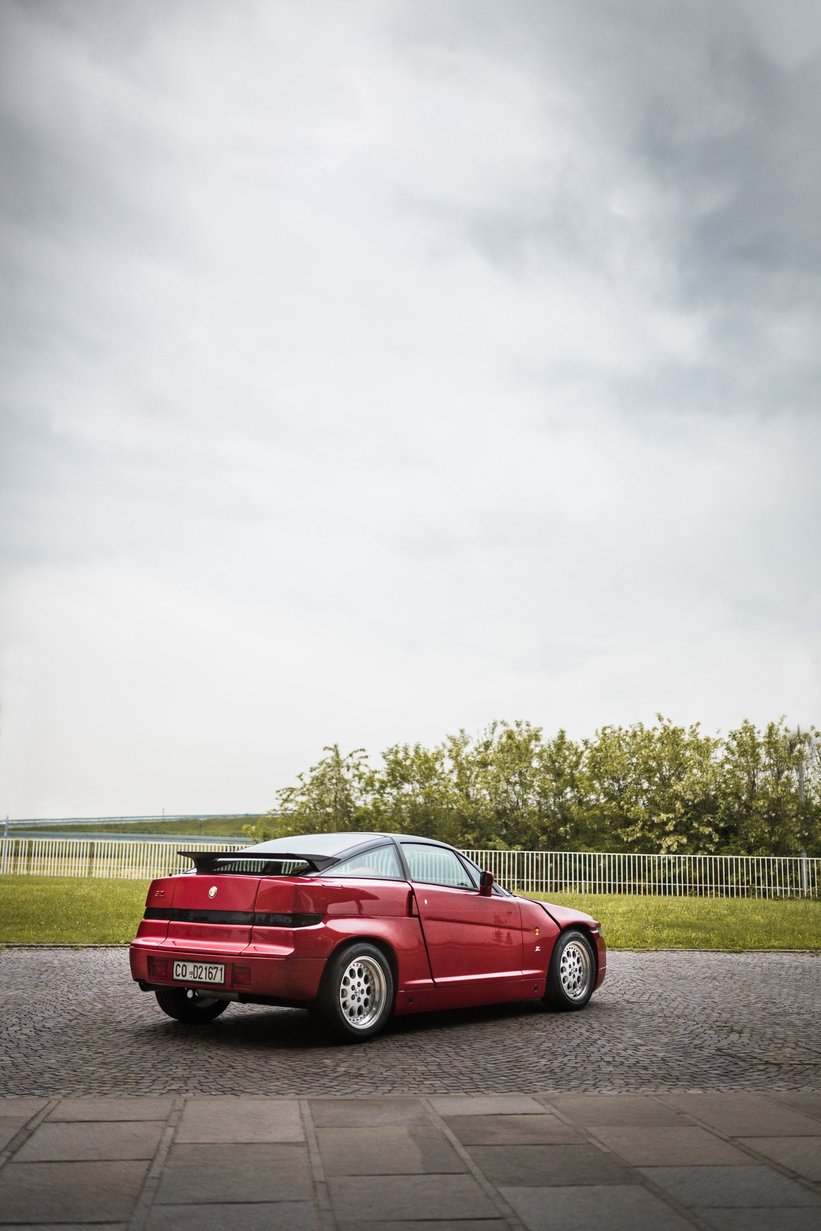
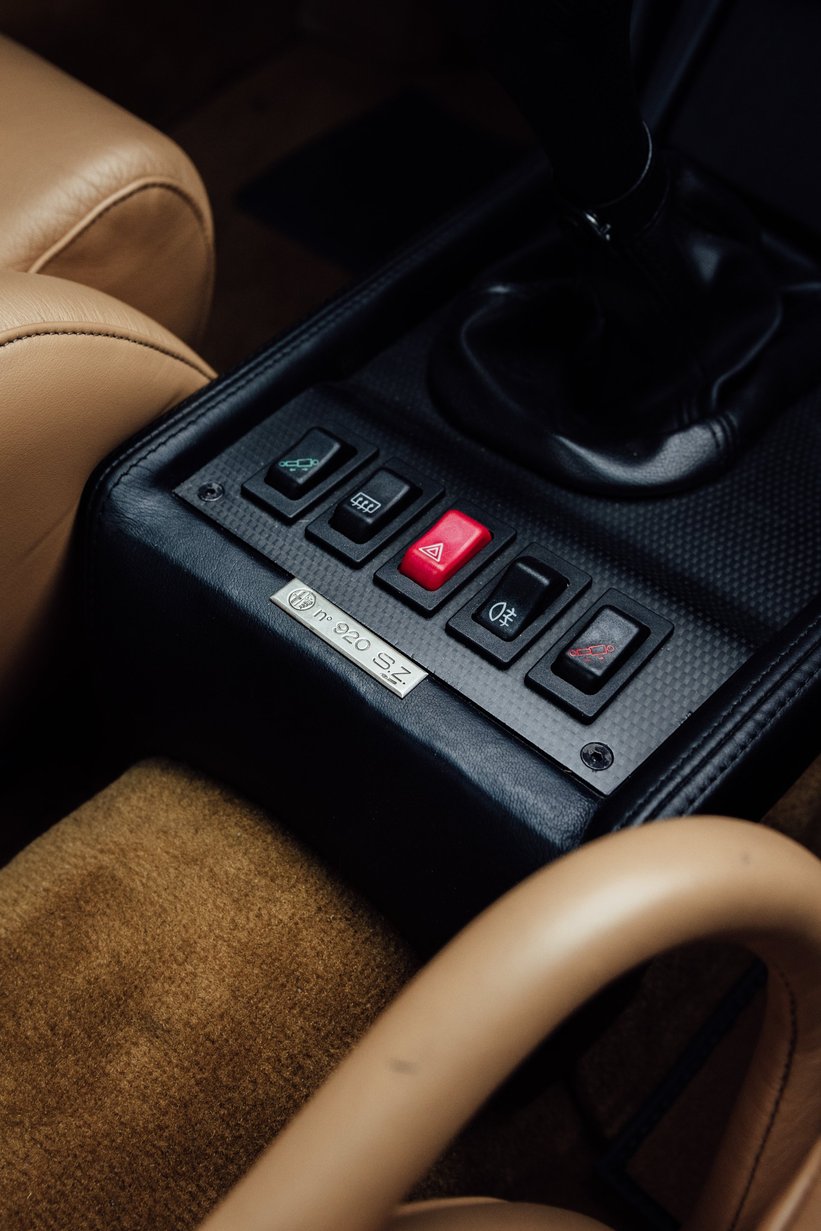
As we drove through the industrial outskirts of Milan, passing the Alfa Romeo factory in Arese and, just a few moments later, Zagato’s workshop in Terrazzo di Rho, where the SZ was built, we were once again reminded of how close these two brands actually were — not just philosophically, as Andrea Zagato pointed out to us earlier this year, but also geographically, making it possible for the designers to casually drop by at the factory or carrozzeria for a coffee to discuss new ideas.



The Alfa Romeo SZ was planned as an attempt to revive the brand’s sporting heritage after it was acquired by Fiat in 1986. Reminiscing about the traditional relationship with the coachbuilders from Zagato and the compact yet highly competitive Alfa Romeo Giulietta Sprint Zagato from the late 1950s and early 1960s, the idea for a revival of the small and purist sports coupes was born. Rather than being drawn in a single stroke by a renaissance designer and then kissed by a postmodern muse, the styling of the Alfa SZ was conceived in a 19-month design process, with the ball being played back and forth between Robert Opron — the father of the Citroën SM and co-director of Fiat’s Centro Stile — Alfa Romeo’s own design team, led by Walter da Silva and Alberto Bertelli, and the Carrozzeria Zagato, where the car was to be built. Still, most sketches that resemble the car’s final form and interior bear the signature of Antonio Castellana, a junior stylist at the Fiat design studios. The ‘wedge-shaped wonder’ was also extensively developed and tested in the wind tunnel, aiming for a remarkable low drag coefficient and a F1-style ground effect.

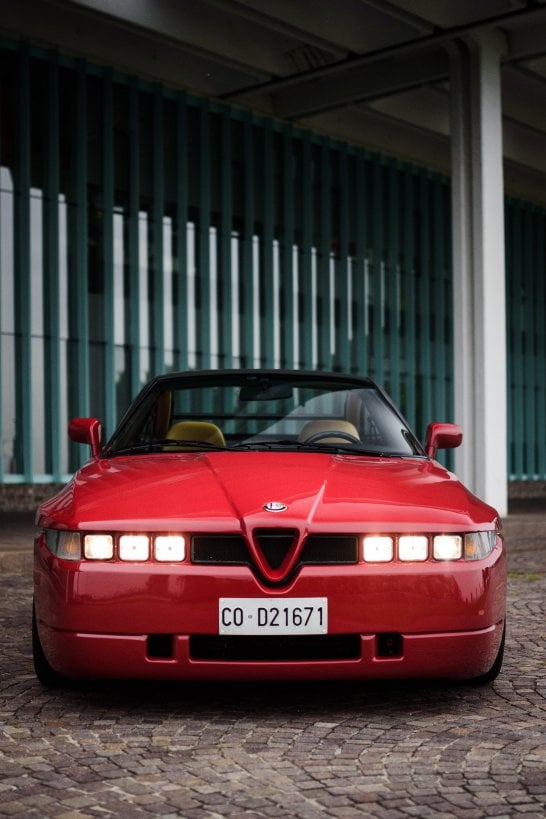
Known internally as ES-30, the Alfa Romeo SZ was based on the mechanics of the Alfa 75, with its transaxle setup and a highly modified racing version of Giuseppe Busso’s 3.0-litre V6 engine, which could produce 210 bhp instead of the usual 170 and must have scared contemporary drivers with its wild, throaty bark. To keep it lean and light — the car’s weight was just 1.25 tons — all of the electronic traction and stability controls were dropped in favour of a challenging, borderline-dangerous handling experience. On dry tarmac, the Alfa Romeo SZ behaved like a competition car, impressing even experienced drivers with 1.1 g in cornering power.

Considering the ruthless styling and engineering approach, it’s fascinating that Alfa Romeo and Zagato didn’t just build and sell 1,036 coupés, but they also followed those up with the ‘Mostro’ — an even more expensive roadster named the Alfa Romeo RZ, which was built 284 times between 1992 and 1994 and became one of the poster cars of the Super Mario Generation. Whilst the roadsters were available in various colours, the coupés were produced in red with a dark grey roof and a tan leather interior. Well, almost all — Andrea Zagato had an all-black car built for himself. Of course we wanted to know more, so we gave the carrozzeria’s heir and CEO a call.
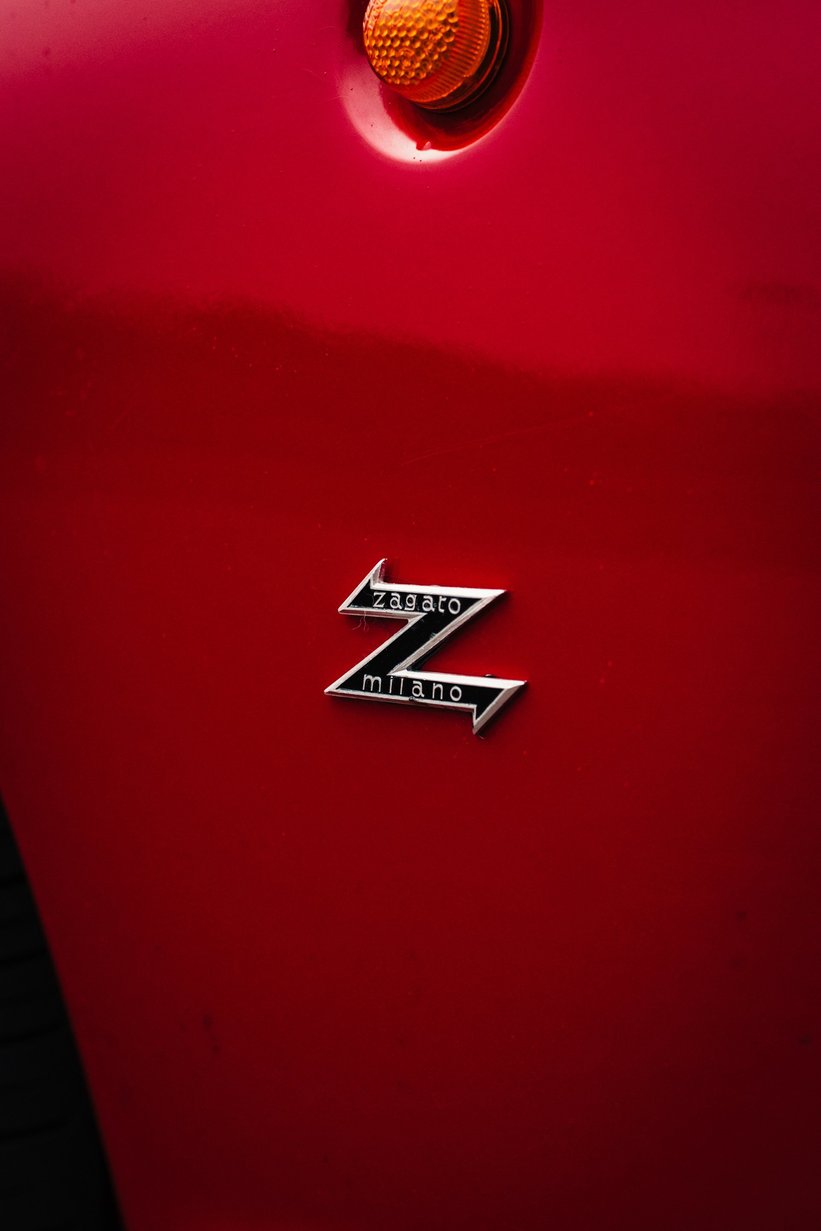
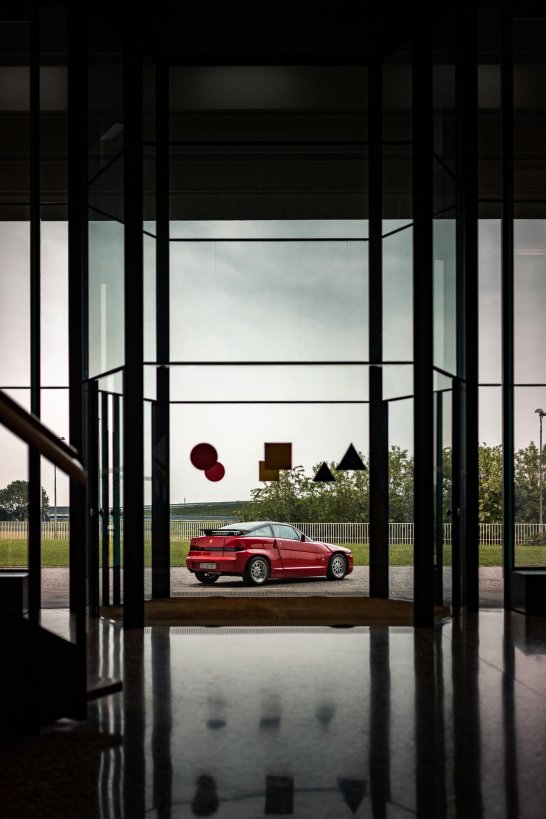
“In Milan in the early ’90s, if you drove an Alfa Romeo SZ, you had to get used to the fact that you’d stop the traffic, as the model was rare — especially if black with black interior,” remembers Andrea Zagato. “The idea behind the Alfa Romeo SZ had been to design a cool car with luggage space that would embody the Alfa Romeo credo: not too powerful but so well balanced that handling became its competitive advantage. Therefore, the SZ was — and is still today — a car that you enjoy driving in all circumstances. It’s a real Gran Turismo. Usable every day on normal roads, but also on the track during the weekend without the need for major upgrades.” Out of this versatility, the SZ Trophy was born. “The participants didn’t need to change that many parts since the car was ready to be used for racing. It’s also a trendy car because of its long-lasting design language and the stripped-down approach that is so appreciated today.”



Finally, we arrived at our photo destination: the factory of the traditional Italian furniture company UniFor in Turate, a small town halfway between Milan and Como. Designed by multi-talented modernist architect Angelo Mangiarotti and built in the 1970s, the model factory and industrial campus are another impressive example of the central role design and a highly creative utilisation of new technologies and production methods played in the economic rise of post-war Italy. It would be an exciting research project of its own to trace the connections and paths of inspiration between automotive brands like Alfa Romeo, Fiat and Zagato and furniture manufacturers like UniFor or Molteni — brands from the greater Milan area that all have grown to global fame in the 20th century and worked with Italy’s most talented creators.


Being a gifted architect, designer and sculptor, Angelo Mangiarotti not only developed a revolutionary factory for UniFor — one based on fragile-looking yet highly stable prefabricated modular concrete structures — he also designed some of the brand’s first furniture pieces. And whilst Mangiarotti’s work can be seen in the context of his contemporaries in car design and the innovative construction methods being developed in the 1960s and early 1970s at Alfa Romeo and Zagato, the post-modern Alfa SZ is a true offspring of this northern Italian design culture.
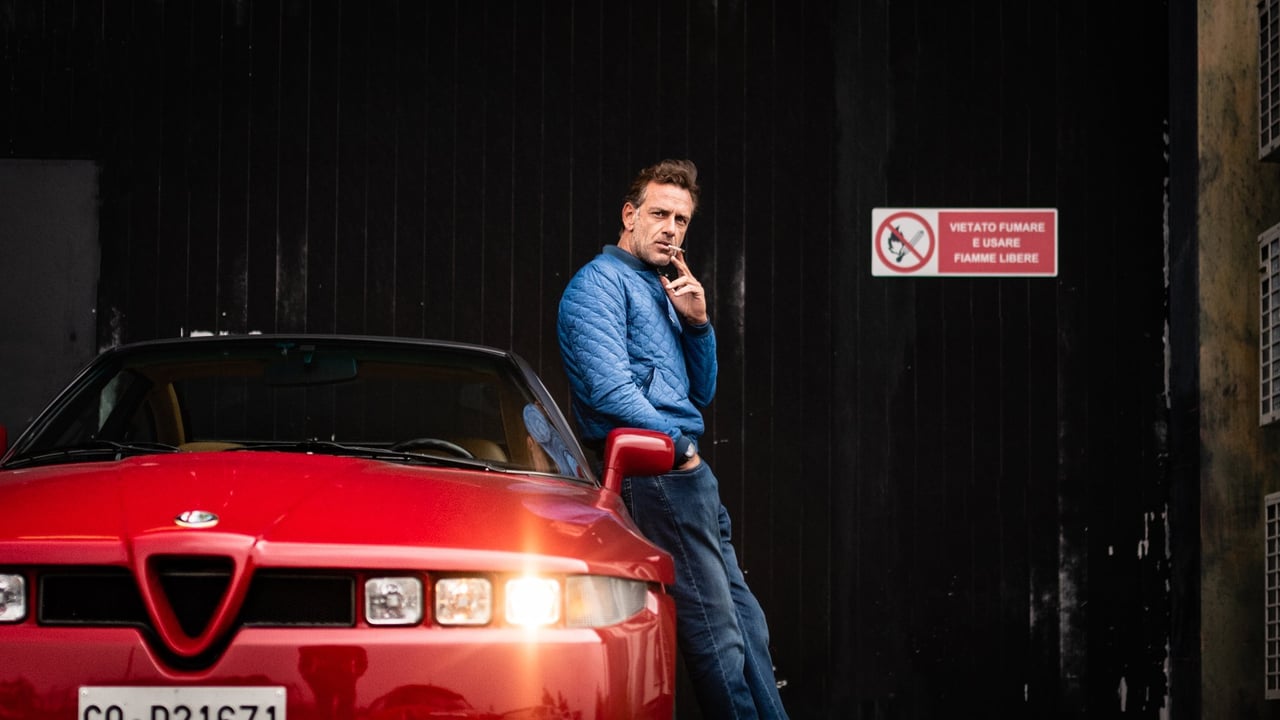


Looking at the wedged shape and weird proportions of the Alfa’s glass-fibre and plastic body one last time before we hit the autostrada back to the city, it suddenly all made sense: This dream to create something new, something highly functional and aesthetically different, even at the cost of being controversial, has been the red line in Italian design between the beautiful functionality of the post-war years and the post-modern design experiments of the 1980s and 1990s. As our friend Guglielmo rightfully repeated before taking a last draw from his cigarette and jumping in the passenger seat of the car: “A guy from Milan just has to own an Alfa — and this is the most exciting machine that was built in this city in the last couple of decades.” Then off we went, back into the heart of this creative hotspot that goes by the name of Milan.
Photos: Andrea Klainguti for Classic Driver © 2019
























































